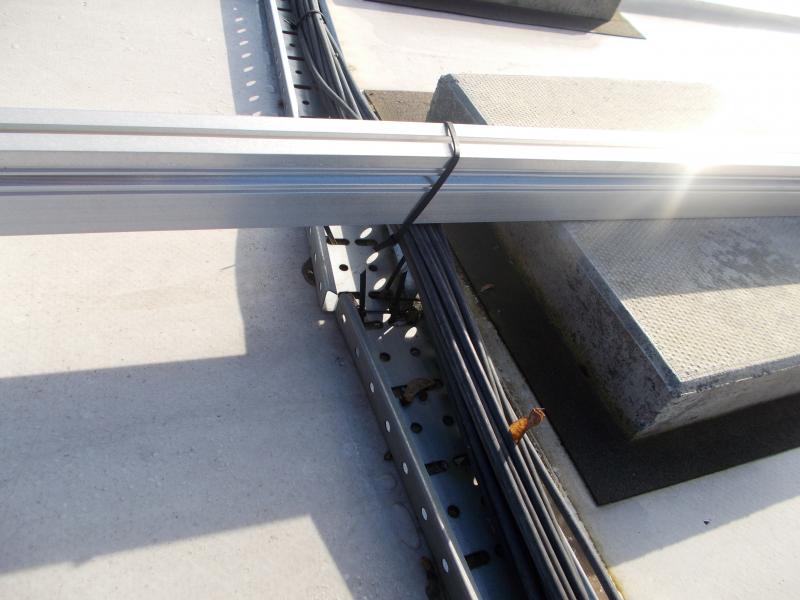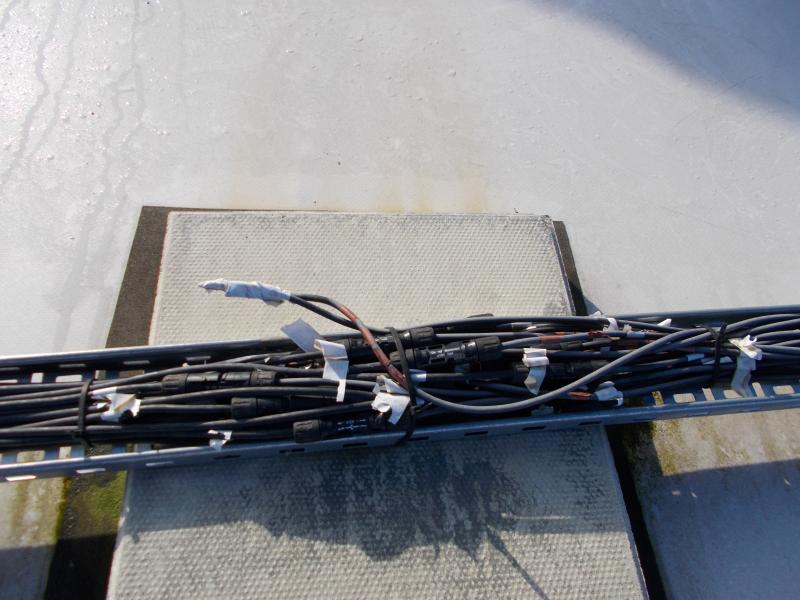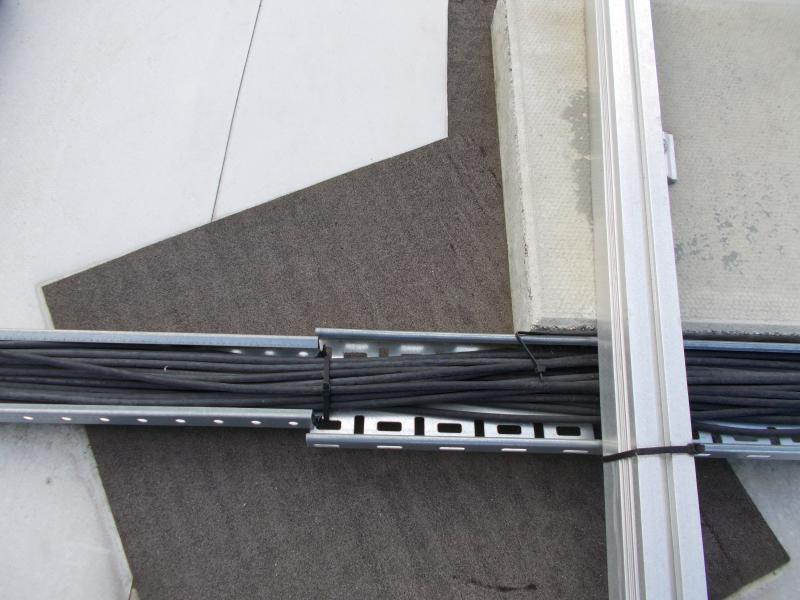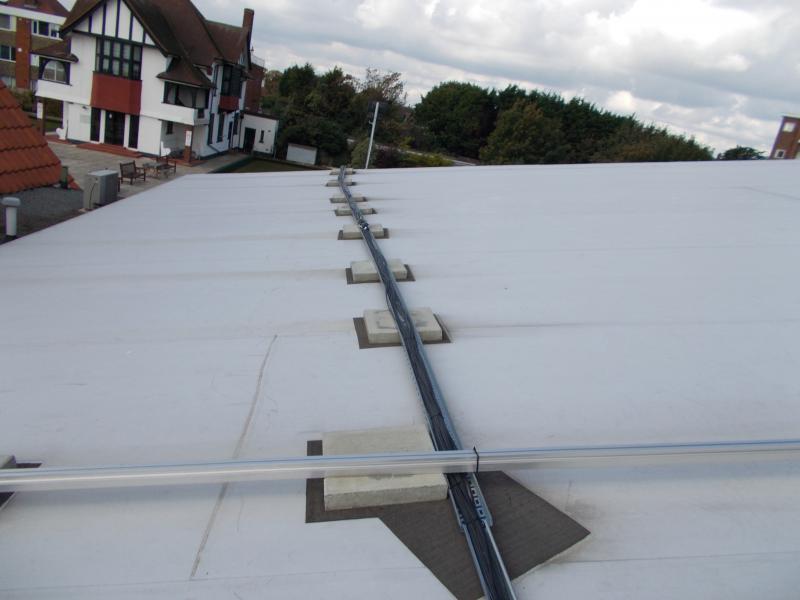the DC cables from the solar panels do not have an earth. Only at and after the inverter where they are converted to AC is there an earth.
I don't know if the cable trays would benefit from being earthed. It is a bit of a specialist job.
I don't know if the cable trays would benefit from being earthed. It is a bit of a specialist job.





